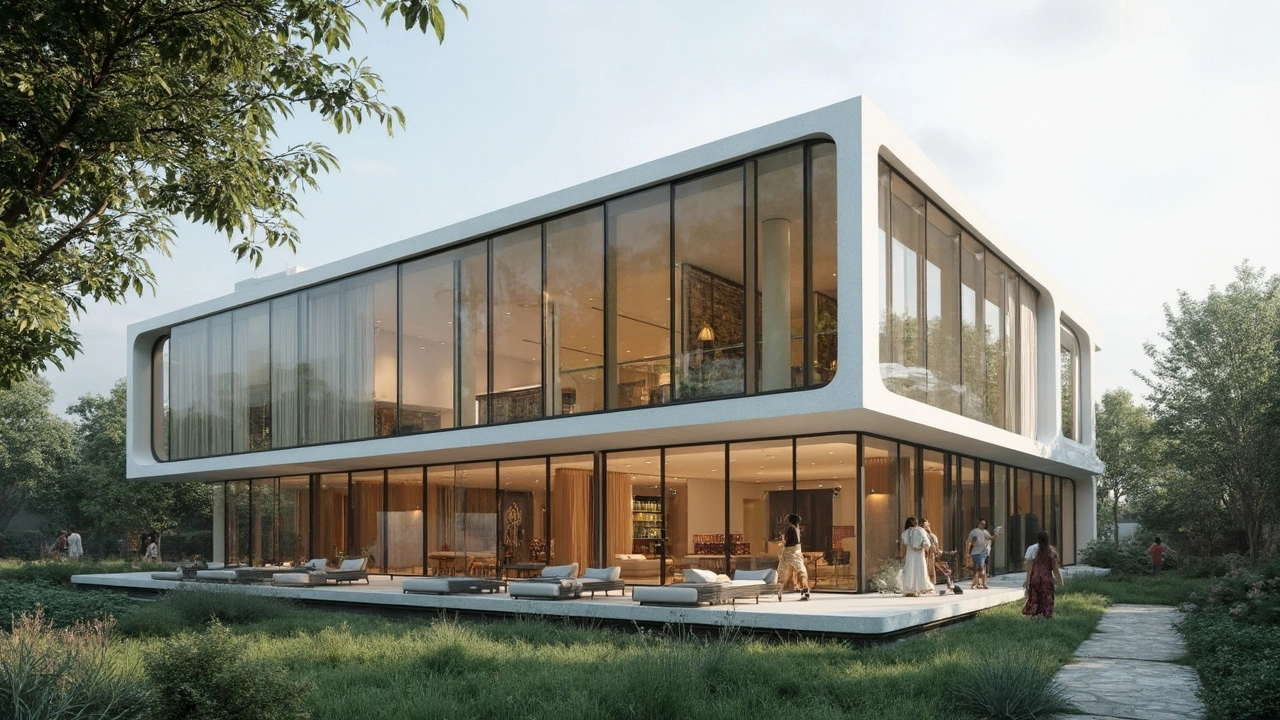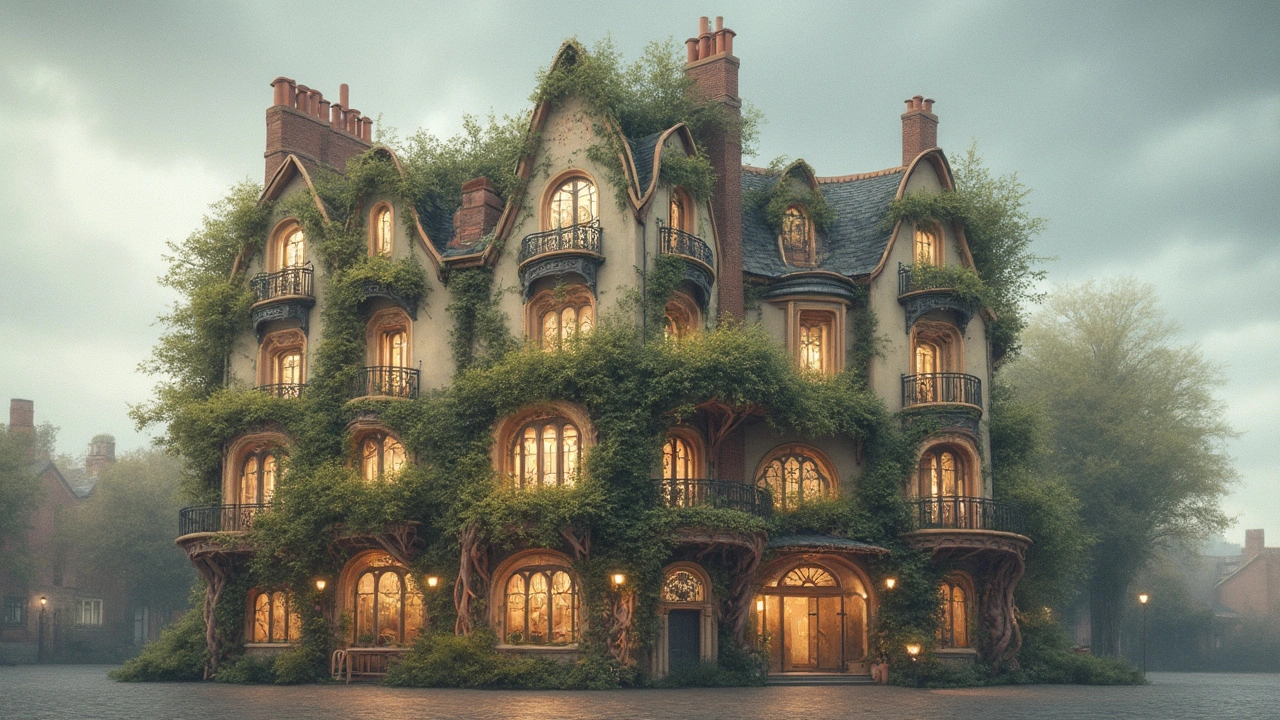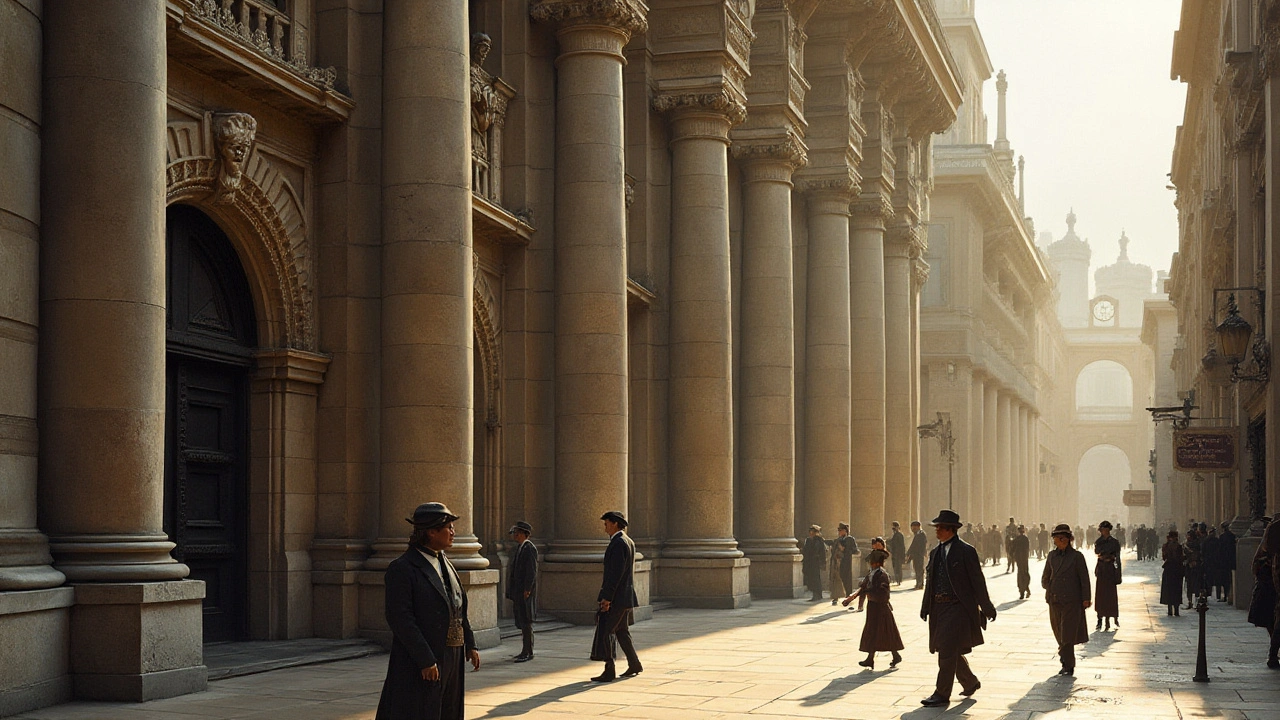Design: Practical Architecture & Home Style Guides
Want clear, useful info about buildings and home style without the jargon? This Design tag collects our best pieces on architecture history, popular styles, and hands-on tips you can use for travel, renovation, or simply to spot design details when you walk down the street.
What you'll find here
We cover a wide range of styles — Ancient Roman engineering, Byzantine domes, Gothic Revival spires, Colonial symmetry, Greek Revival columns, Beaux‑Arts grandeur, Art Nouveau curves, Minimalism in tech and interiors, and more. Each article focuses on real features you can learn to recognize: arches and vaults, window shapes, rooflines, ornament patterns, and materials. If you want examples, check our posts on Ancient Roman Architecture, Gothic Revival Architecture, and American Craftsman Design for clear photos and feature lists.
Articles are written for readers who want practical insights: travelers who want to spot a style, homeowners planning a renovation, students looking for quick facts, or designers hunting for inspiration. You won’t get long theory. You’ll get clear pointers, visual cues, and short how‑tos.
Quick design tips you can use today
1) Identify the era fast: look at roof shape, window style, and ornament. Gambrel roofs hint at Dutch Colonial Revival; rounded arches point to Romanesque or Roman influence; big columns usually mean Greek Revival or Neoclassical. Learn three clues for each style and you’ll spot them in minutes.
2) Add a style without overdoing it: pick two signature elements to carry through a room. For a Beaux‑Arts feel, use bold moldings and a grand light fixture. For Craftsman, choose exposed wood and built‑in storage. Small, consistent choices read as intentional design.
3) Mix old and new wisely: keep scale and proportion similar. A modern sofa can sit comfortably in a room with classical moldings if the furniture’s scale respects the room’s height and window sizes. Match finishes — matte metals with matte trims, warm woods with warm stone — to make hybrids feel natural.
4) Budget-friendly updates: paint trim to highlight classical details, swap light fixtures to change a room’s mood, or add tiles with period patterns in small areas like backsplashes or powder rooms. These moves offer big style shifts without a full remodel.
5) Preservation basics: older materials need simpler fixes first. Address leaks, stabilize foundations, and then restore decorative details. If you’re unsure, start with a local conservation guide or one of our posts on preserving Beaux‑Arts and Colonial buildings for step‑by‑step advice.
If you want a jumping‑off point, try an article based on what draws you: travel and ruins (Roman, Byzantine), home style and renovation (Colonial, Craftsman), or bold design ideas (Postmodern, Expressionist). Read one short piece, spot one feature on your next walk, and you’ll start seeing design everywhere.

Renaissance Revival Architecture: Key Features, History & Modern Appeal
Explore the lavish world of Renaissance Revival architecture—from its rich history and signature elements to practical restoration tips and fascinating details.
Read more
Art Nouveau Architecture: A Unique Blend of Art and Function
Art Nouveau architecture changed the rules by making buildings that are as much about beauty as they are about practicality. This style stands out with its flowing lines, nature-inspired details, and a belief that art should be everywhere, not just inside a museum. You'll learn how this movement grew popular, spot its features in buildings around the world, and get easy tips for recognizing Art Nouveau in real life. Expect helpful facts for travelers, history buffs, or anyone curious about why streets in some cities look almost whimsical. If you've ever wondered how architecture turned playful, this is where you find out.
Read more
The Rise and Rise of International Style in Modern Living
International Style is more than just a design trend; it's about pursuing simplicity, functionality, and global influence in architecture and interiors. Emerging prominently in the early 20th century, it's a style that continues to shape our spaces. The emphasis on clean lines, open spaces, and minimal ornamentation sets it apart. Today, International Style is celebrated for its timeless appeal, sustainability, and cultural integration, making it perfect for those seeking a blend of elegance and practicality.
Read more
The Renaissance Revival: Rediscovering Architectural Excellence
Renaissance Revival architecture, with its rich intricate details and inspiration drawn from the past, is seeing a resurgence in modern times. This style is characterized by grandeur, symmetry, and classical elements, often recalling the splendor of European historical greatness. We will explore its distinctive features, offer tips on incorporating Renaissance Revival elements into modern spaces, and highlight notable structures embracing this timeless design. Whether you're a design enthusiast or renovating your home, there's something fascinating in this architectural style.
Read more
Unstoppable Rise: Understanding International Style
International Style is a trend in architecture and design that emerged in the 1920s and 1930s. It emphasizes simplicity, functionality, and the use of modern materials. This style has become increasingly popular across the globe due to its clean lines and adaptability. From household items to skyscrapers, the International Style continues to influence contemporary designs. Exploring its features and evolution can offer fresh insights into its enduring appeal.
Read more
Art Nouveau Architecture: The Epitome of Elegance
Art Nouveau architecture is a dreamy dance of curves and nature-inspired motifs that emerged in the late 19th century. This fascinating style was a rebellion against the bland, straight lines of industrialization, emphasizing organic forms and intricate details reminiscent of nature. It blends art with function, creating buildings that are not just structures but also visual art pieces. From the swirling facades to the delicate ironwork, every element tells a story. Discover how Art Nouveau redefined elegance in architecture with tips on spotting these gems and historical tidbits sure to fascinate.
Read more
Deconstructivism: Exploring New Dimensions in Architectural Design
Deconstructivism is reshaping the architectural landscape by introducing a radical approach that defies traditional norms. This architectural style embraces fragmentation and unpredictability, challenging conventional structures and aesthetics. As architects push boundaries, deconstructivism offers an innovative perspective on how buildings can exist within their environments. This article delves into the history, principles, and impact of deconstructivism, offering insights into its ongoing influence on modern architectural design.
Read more
Exploring the Hidden Gems of Beaux-Arts Architecture
Beaux-Arts architecture, known for its grandeur and classical elegance, hides a world of artistic intricacies often overshadowed by its monumental scale. Originating in France, this architectural style marries historical references with technical precision, creating buildings that are both imposing and detailed. This article delves into the lesser-known aspects of Beaux-Arts, uncovering its cultural influences and the craftsmanship behind its iconic structures. Readers will gain an understanding of how these buildings reflect the societal values of their time, while appreciating the masterful skills that shaped them.
Read more
Exploring the Timeless Appeal of Art Nouveau Architecture
Art Nouveau architecture, with its elegant forms and organic shapes, continues to captivate admirers worldwide. This style, which emerged in the late 19th century, has a unique ability to blend beauty with functional design. By understanding its origins, key characteristics, and lasting legacy, we can appreciate how Art Nouveau remains relevant today.
Read more
Greek Revival Architecture: Exploring a Timeless Legacy
Greek Revival architecture reflects a timeless legacy of classical design, rooted in ancient Greek elements. This article explores its origins, key features, significant examples, and tips for integrating Greek Revival elements into modern homes. Dive into the history and enduring charm that makes this architectural style a favorite among design enthusiasts.
Read more